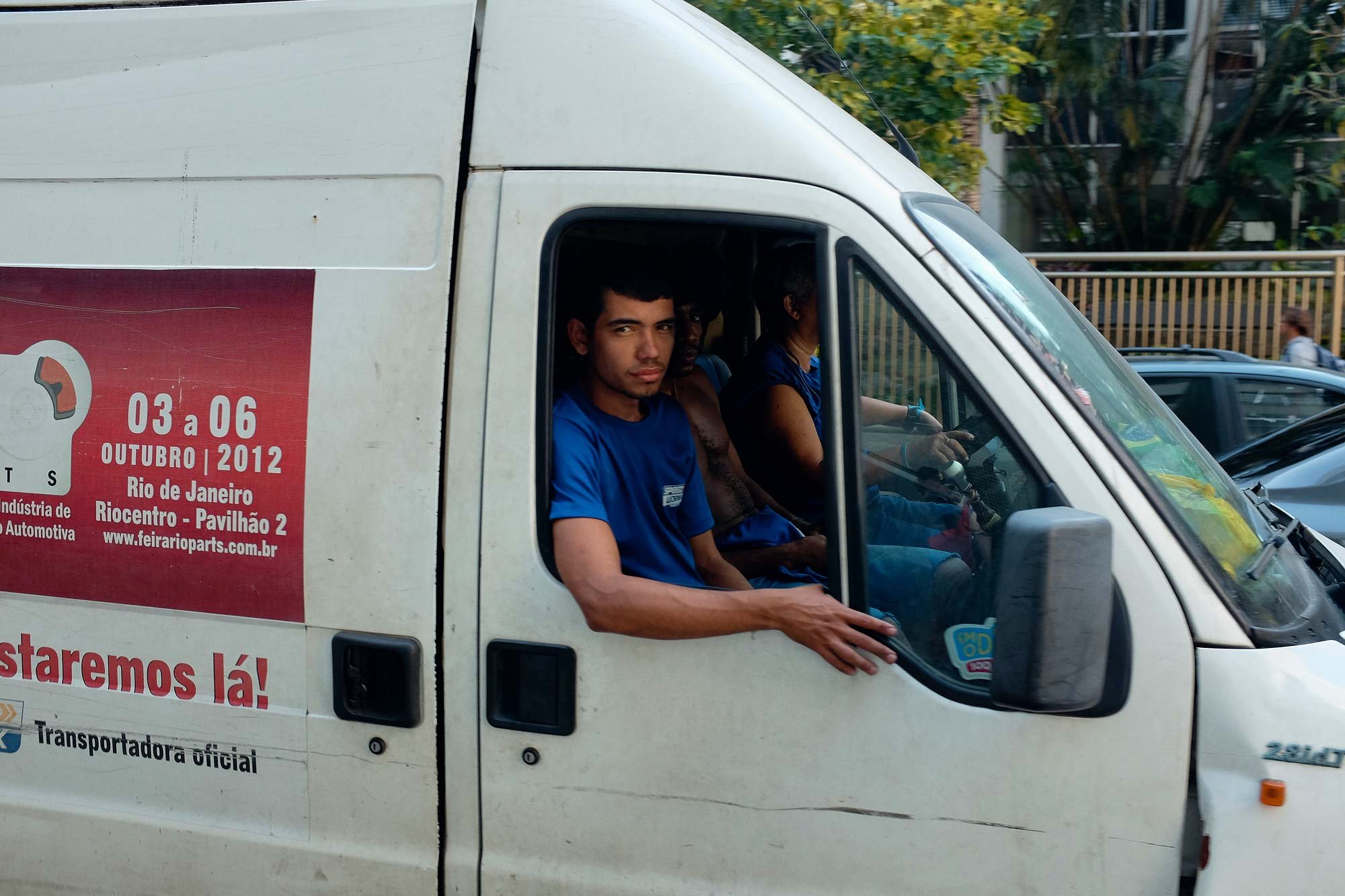The Street Photography Mistakes I Try to Avoid
In my street photography journey, it’s been just as important to determine the things I want to avoid as much as the things I want to photograph.
Studying the works of great street photographers who came before me has been a necessary education in learning what makes a great street photo. It has taught most of what I know and have internalized regarding light, composition, and framing.
But I also needed to learn what I didn’t like and how to avoid it while out in the streets and when editing photos. Gaining a more concrete idea of what I want to avoid in street photography has had a large hand in shaping who I am as a street photographer today.
I don’t think you can make any mistakes in street photography, really. You get to decide what your style is, and that’s very personal and subjective. My real message here is that I think you should think about what you consider a mistake in street photography so that you can avoid it and improve.
Here are some of the things that I consider mistakes in my street photography, and some thoughts on how I try to avoid them.
Not Getting Close Enough to Fill the Frame
Getting close enough to fill the frame is something that I have to remind myself to do every once in a while. Particularly if I’m a bit rusty from not having done street photography in a while, and also when I’m beginning a street photography session.
This is always more of an issue that I need to stay on top of when I’m using wide-angle lenses. I prefer not to crop, so that means getting a bit closer.
Not Culling Enough in the Editing Process
I’m not too fond of the expression “kill your babies”, but it’s descriptive and gets the point across at least. I have the tendency of getting emotionally attached to certain photos that are just not up to my standards. Every once in a while this happens. I’ll sort of talk myself into believing a photo is better than it really is.
For me at least, the more I sit with photos, the less of an issue this becomes. There are photos of mine that I see over and over because they’re in my portfolio and I share them on social media and whatnot. I’ve noticed that with the truly good ones, I don’t get sick of them. That’s not the case with my weaker photos - over time, I eventually recognize a photo’s weaknesses.
I try to be brutally honest with myself. It’s easier said than done, but I try.
Not Photographing Enough
You gotta get out in the streets and photograph. I need to. I not only need it to create a body of street photography work, I also just need it for my soul.
I need to be outside in the fresh air and sunlight - that’s just who I am. I’m lucky that I love the process of street photography just as much as the result, I suppose.
Putting the work in is not only required to create street photographs. It also helps in the culling process. Because the more you go out and do street photography, the more strong photos you have to use for your portfolio, books, and whatever else. By having strong photos to choose from, it helps me avoid the temptation to show sub-par work.
Heavy-Handed Post-Processing
You need to take it easy on the sliders in Lightroom. I don’t know about you, but I don’t want my photos looking radioactive.
I’ve been guilty of over-editing my photos in the past, but I think I’ve reigned it in for the most part. Of course, I want to put my own interesting look and spin on my photos to make them look a certain way. I just don’t want my photos looking really fake or gaudy.
I think it helps to refer back to the photo before and after edits. This gives me a better idea if I’m overdoing it or not.
Using Big and Heavy Gear
This wasn’t an issue for me for long, but I started out in street photography using a DSLR. I mostly paired it with a smallish prime lens, so it wasn’t huge by any means. But I pretty quickly realized that it was weighing me down, and the worst part was that it drew a lot of attention on the street. I don’t obsess over going unnoticed, but I’d prefer not to disturb scenes if at all possible. Not long after, I switched to a fixed-lens mirrorless camera, which was a lot smaller and easier to take everywhere with me.
These days, I stick to small gear.
Not Studying the Works of Great Street Photographers
There is so much to learn from other street photographers. I feel like I internalize or learn something new every time I go through my street photography books.
Street photographers of the past laid the groundwork for us to do street photography today. My take on it is to learn as much as possible from other street photographers and then make it my own.
Figuring Out My Street Photography Mistakes
Over time, I’ve come to the conclusion that I consider these mistakes in street photography - for me. For you, I think you have to decide on your own because you have a style that is distinct from anyone else.
I’m sure my preferences will evolve over time as well. What I consider a mistake for my street photography now may be different in the future.
















